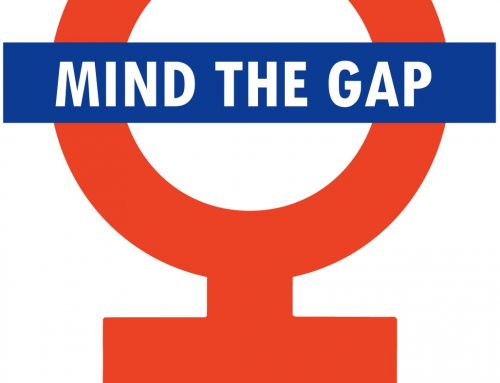 The first quarter of 2017 is just coming to a close but already gender diversity on boards seems to be a popular topic, cropping up in several studies and news articles. Here are some headlines that have caught my eye over the last few months:
The first quarter of 2017 is just coming to a close but already gender diversity on boards seems to be a popular topic, cropping up in several studies and news articles. Here are some headlines that have caught my eye over the last few months:
Deloitte published their “Missing Pieces Report” measuring the diversity of Fortune 100 and 500 companies’ boards. First, the good news: between 2004 and 2016, women on boards increased from 16.9% to 23% amongst the Fortune 100. In the Fortune 500, women on boards increased from 15.7% in 2010 to 20.2% in 2016.
And the bad news: The Universities of Missouri and Delaware published a study showing that women and minorities on boards are paid 3-9% less than their white and male counterparts.
“ ‘The pay gap is not huge, so we think this might be some type of subconscious effect,’ Adam Yore, an assistant professor of finance at The University of Missouri’s business school, writes in the study.”
News from 199 companies listed on the Singapore stock exchange is worse. Women on boards make 43% less than their male counterparts. And the number of female directors was a paltry 9.7%. Of course, the major reason for fewer women on boards is fewer female executives, but an interesting article in Fortune highlights another reason: low turnover. According to the article, leaving a board is considered a sign of failure. Therefore, board members, reluctant to give up their roles, are older and have a longer tenure, particularly in US companies. Canadian companies faced similar issues, but began addressing the problem through term limits. A study by Catalyst found that boards with higher turnover were ultimately more diverse.
Diversity and Innovation
As I have mentioned in previous blog posts, gender diversity at all levels, particularly in the C-suite, is essential for innovation. Finally, there seems to be hard data to back up this assertion. It has long been posited that diversity leads to business innovation because those from different backgrounds, cultures, and genders may bring new ideas and solutions to the table. To explore this link, Boston Consulting Group and the Technical University of Munich analyzed a study
of 171 German, Swiss, and Austrian companies. Historically, measuring “innovation” has been more of a qualitative than a quantitative process. This analysis sought to describe how a change in one variable (innovation revenue) could be explained by another variable (management diversity). The results plotted along a graph showed higher innovation revenue the more diversity the team had. BCG’s report further discusses how the analysis provides insights into how companies can benefit from diverse boards.
It is encouraging that the discussion around diversity has become more nuanced than simply: “there are not enough women on boards.” We are starting to see insightful explorations of the “why” and “how” and not just the “what.” If the last two months is any indication, I expect the issue of diversity on boards will continue to create headlines this year and I hope you will join in the conversation.





